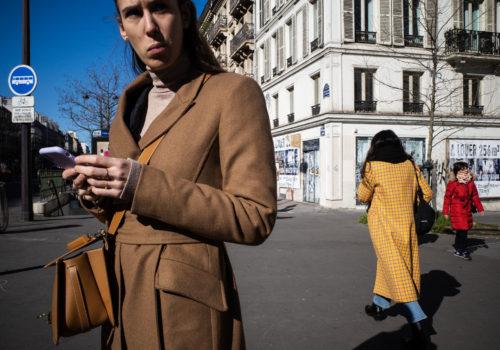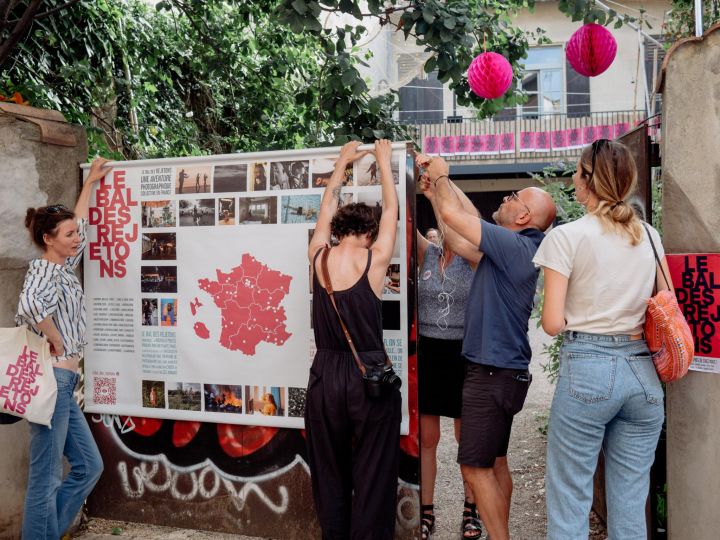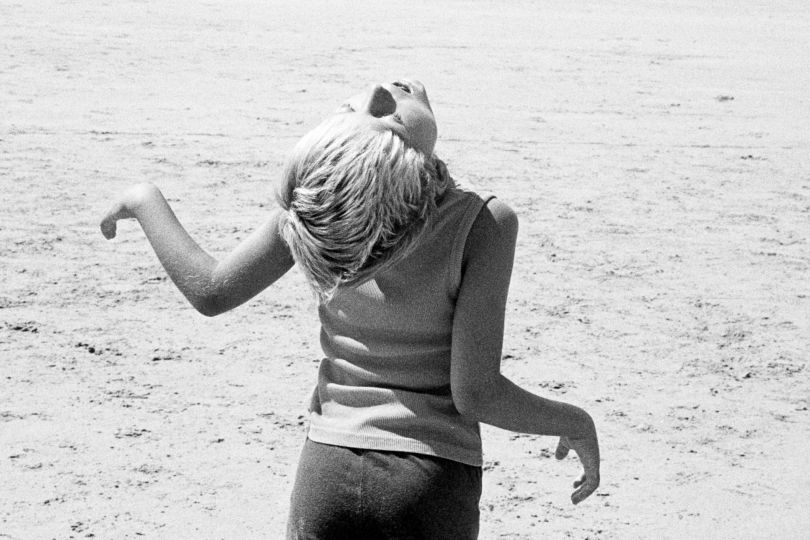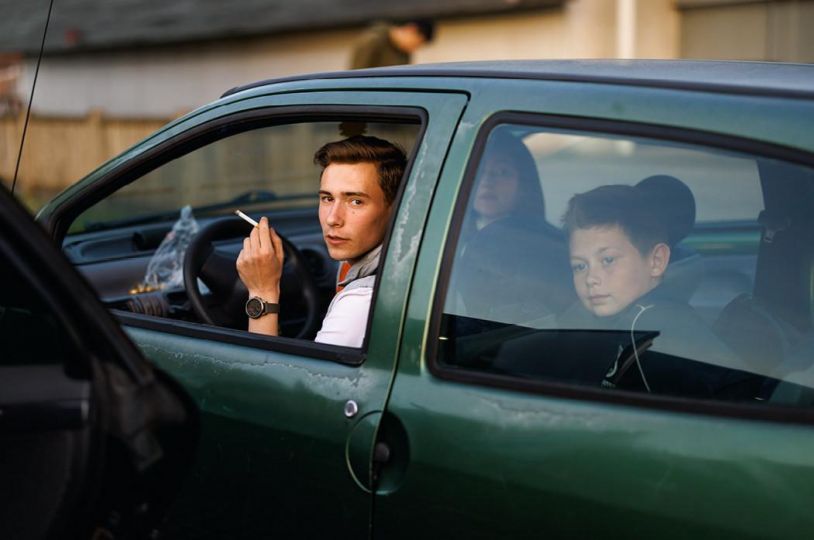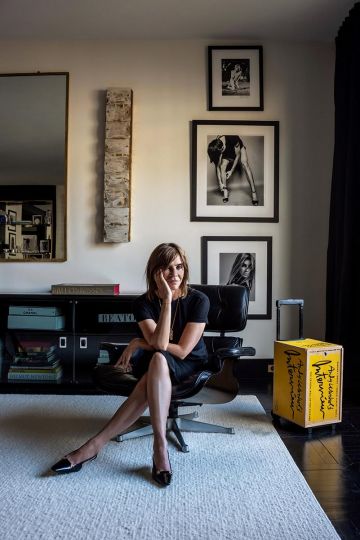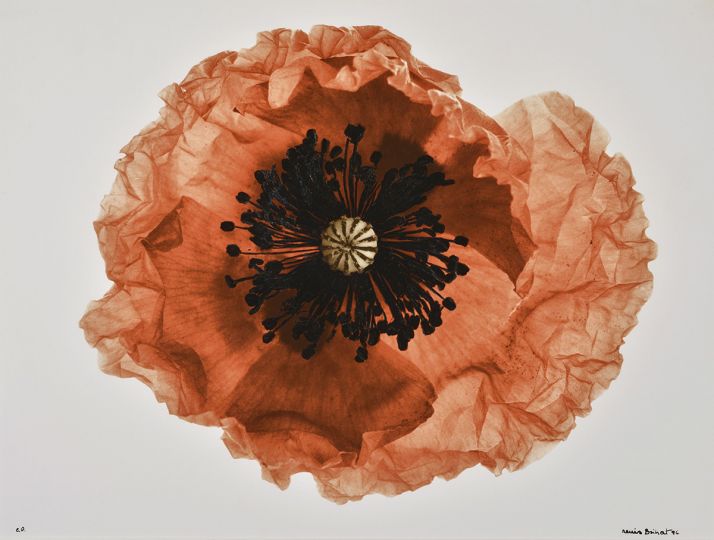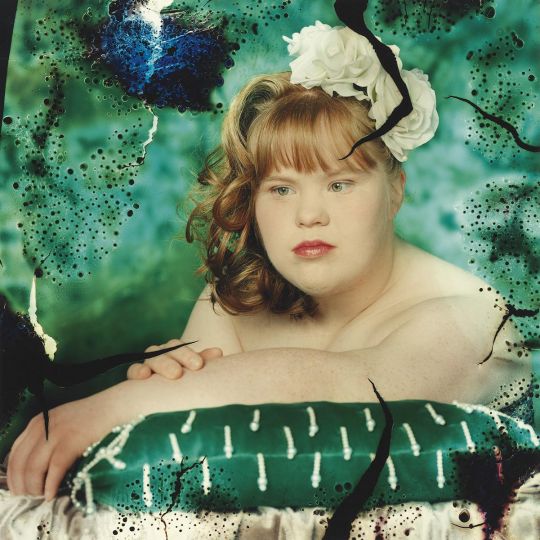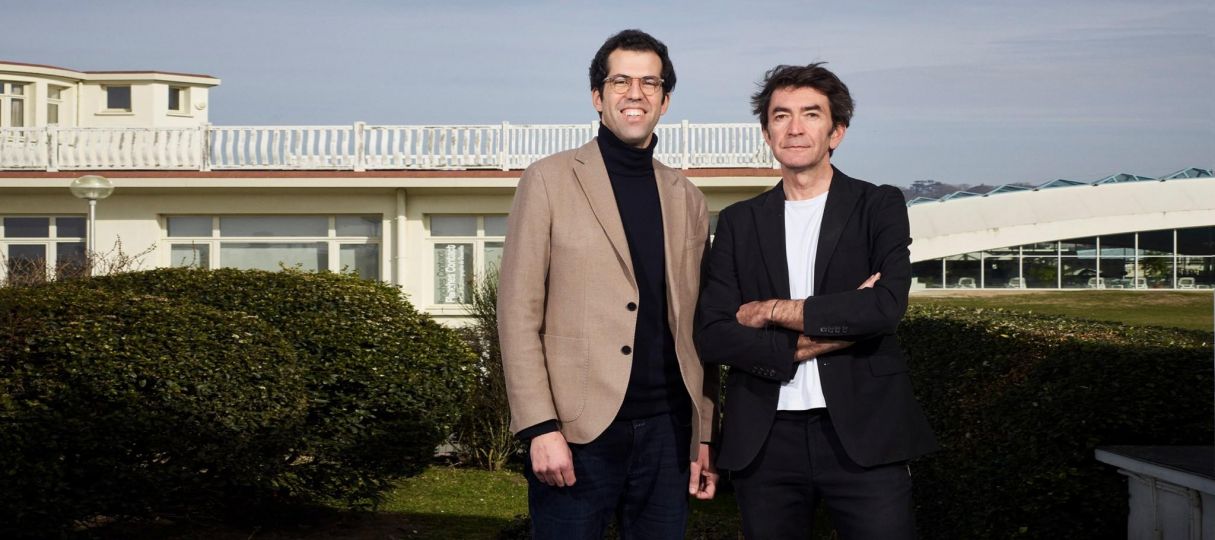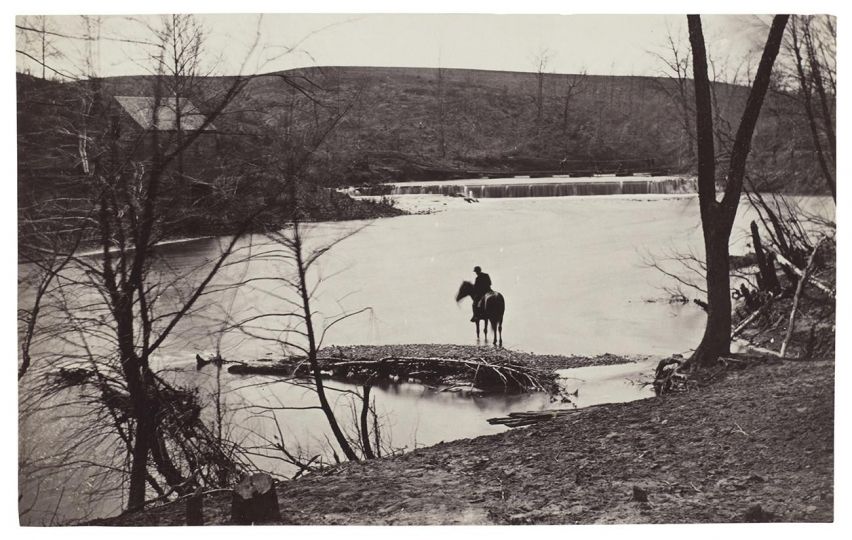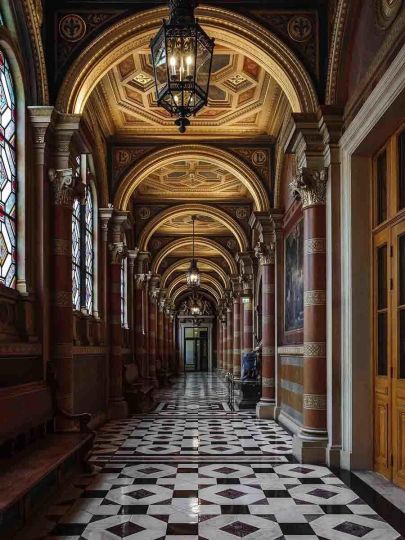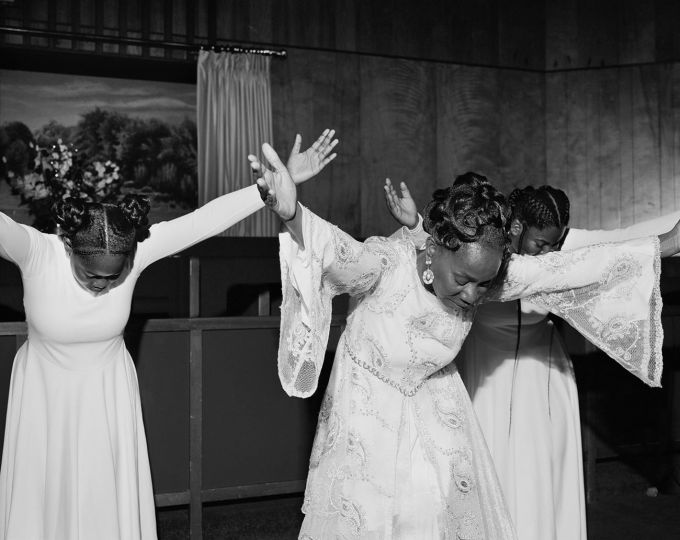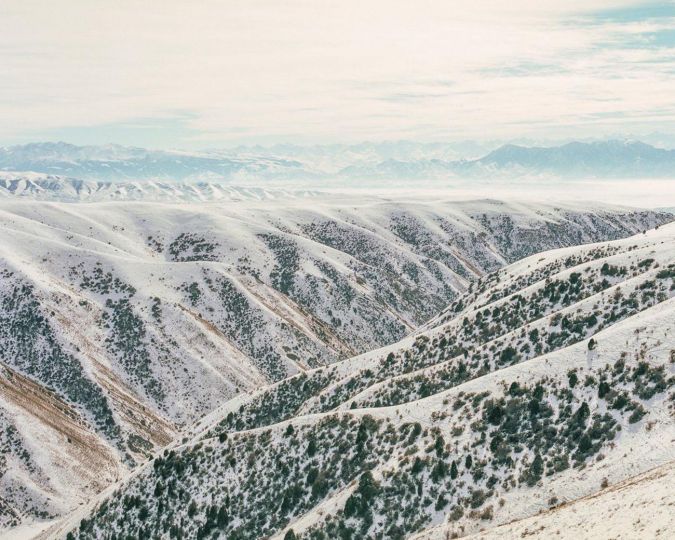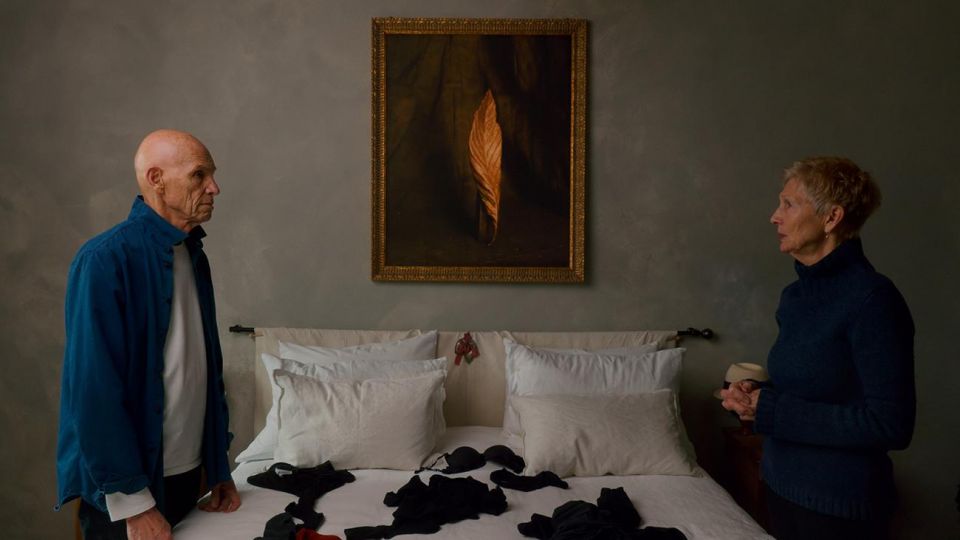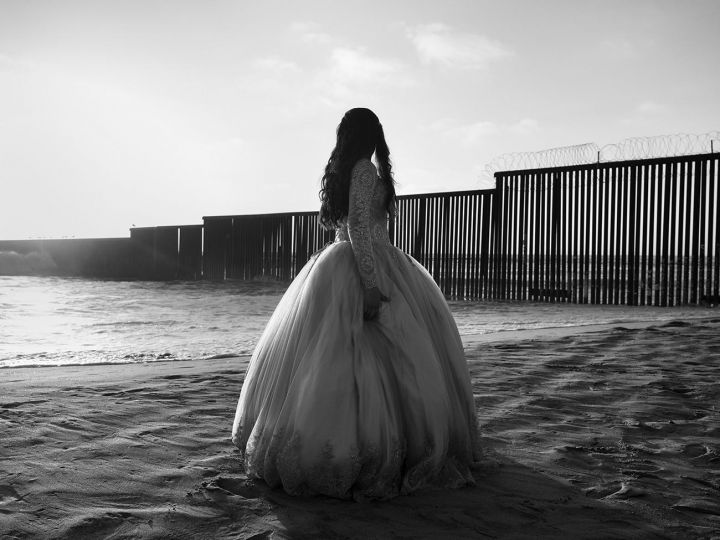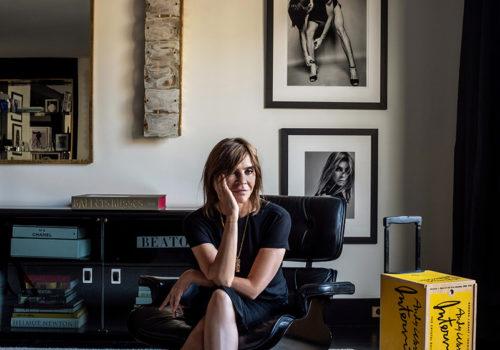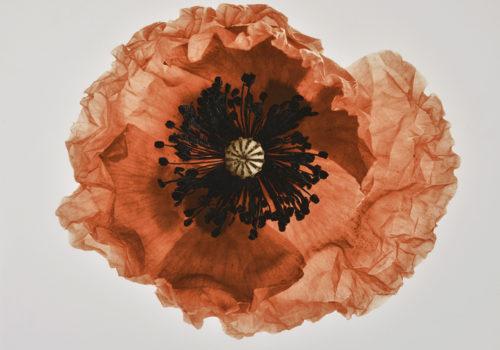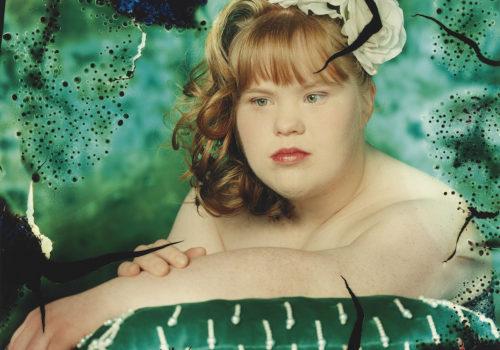Created in Paris, Fragment brings together individuals who wanted to form a community in an environment as solitary as street photography. After the publication of seven zines, exhibitions, and participation in festivals, the collective did not see the coming of its tenth anniversary. the first opportunity to imagine a collective creation?
The Fragment collective will celebrate its tenth anniversary next month. What brought you together initially?
Nicolas: At that time, collectives were quite trendy. There were Anglo-Saxon street photography collectives communicating via Flickr. I’m thinking of iN-PUBlic, Burn My Eye, Observe. But from my point of view, there weren’t any in France dedicated to street photography. I was doing it on my own, and I started meeting other photographers. We thought, “Why not form a collective to exchange, share energy, and discuss?” Street photography is an extremely solitary and sometimes harsh practice. We all had questions about the paths to take, so creating a community made sense.
Thomy: The Street Parade (a street photography festival founded by photographers Jérôme Lorieau and Patrick Sagnes) was a significant moment. It brought together major collectives from all over the world, and it allowed us to meet other photographers, participate in events, and give Fragment visibility.
Today, you are eight members, some of you have been there from the beginning. What types of photographers have contributed to the collective’s growth?
Yannis: There is a connection, a common thread between us: the desire to show the world that is right outside our doors, in our streets. Each in our own way.
Thomy: Originally, we’re not just French: Kramer is American, Fabio is Brazilian, etc.
Nicolas: Cédric Roux was also part of Fragment.
Yannis: We had some stars!
Nicolas: But they didn’t stay, haha!
Nicolas: We don’t have a professional aim; we don’t bring professional work. Sometimes, some want to leave or drift away from street photography.
Yannis: Thomy and Nicolas are professionals, but I, for example, am a civil servant. So, taking pictures is when I can.
Nicolas: There’s also a creative director, an engineer, a psychologist… By the way, it’s nice to do something else; it brings freshness!
What were your first works as a collective?
Yannis: We made our first zine, which brought together the works of the member photographers, and then we did six more. The idea was to present photos of the year. So, it required producing enough content. And that’s motivating: if you want your photos in a magazine, you need to make them!
Nicolas: The collective gives us a deadline, it’s motivating. Street photography can be quite ephemeral: one day you don’t feel like going out, the weather’s bad, you stay home. With the zines, knowing there’s editing at the end of the year, a production, it pushes you to produce more, to surpass yourself. It will be printed, it stays, it’s what we represent. And everyone’s work can be seen by a bunch of people it wouldn’t otherwise reach.
Thomy: The editing of each zine was done according to the images, so they can be seen next to each others. When we make the zines, we trust 3-4 people from the collective to compose the whole set with the images we provide. It’s great, really good moments. Joining the collective helped me understand the notion of a series. Having a bunch of different viewpoints, confronting your work with other eyes who know this practice, getting feedback to move forward.
After a very active phase, the paths and lives of each member mean the collective’s activity become more diffuse. What relationships still persist?
Nicolas: We have an active message loop between us. When I have questions, need advice, or equipment, it’s the first group I turn to.
Yannis: We see each other at vernissages, in Arles, at other events. That’s precious!
You also use the collective to highlight the work of other photographers and encourage people to take photos.
Thomy: It’s important to stay open, not to stay in the insular world of a collective, showing that we appreciate others’ works. In street photography, we are always alone, so showing the work of other photographers is about opening up and showing that street photography is also a community.
Nicolas: Good photos are not that common. So it’s nice to highlight others. We do it a bit on social media, although none of us is particularly passionate about it.
Thomy: Our average age is probably around 40-50. We didn’t jump on the social media bandwagon like others did.
Yannis: You have to make noise all the time, and that’s not really our thing. Flickr moves slower, and maybe that suits our temperament more.
Ten years is a milestone. How will you celebrate?
Nicolas: We realized we were about to turn ten just two days ago! We’ll probably have an exhibition in the fall. For the first time, we’re thinking about a collective project for these ten years. We have some ideas, but it’s confidential! We’ve always had hesitations about collective works, but now is the right time to start from scratch, think together on a theme, and take a bit of a risk.
More information

